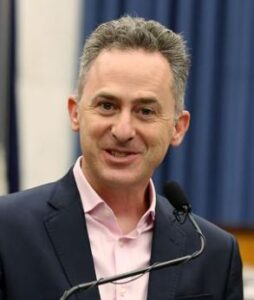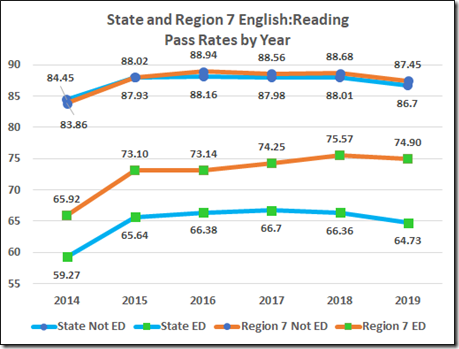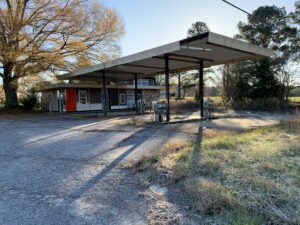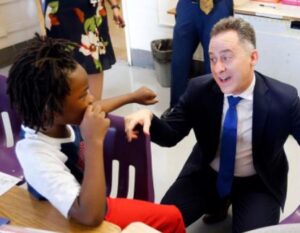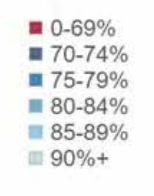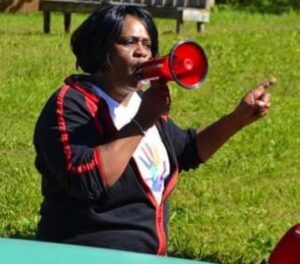by James A. Bacon
Jason Kamras has spent much of his time as superintendent of the City of Richmond school district blaming systemic racism for the system’s failure to educate thousands of inner-city school children, and most of his remedies call for more money — even though city schools spend significantly more per pupil than neighboring jurisdictions whose students perform far better. He has trumpeted one bad idea after another. But at long last, he is proposing an initiative that could be useful. I’m not being sarcastic here. I think it’s an idea that many school systems should explore.
In his proposed budget for the next fiscal year, Kamras submits the usual requests for more pay — a 2% raise plus a 1.17% step increase for every employee — and he wants to use federal stimulus funds to address what the Richmond Times-Dispatch refers to without elaboration as students’ “socio-emotional issues.” That’s a new term in the leftist lexicon. I’m guessing it has something to do with the trauma of poverty and racism. I imagine that we’ll hear more about it in the future.
Then there’s this: Kamras wants $8 million to add 40 academic days to the school year — in effect, creating year-round school — for 5,000 “high needs” students. Continue reading

